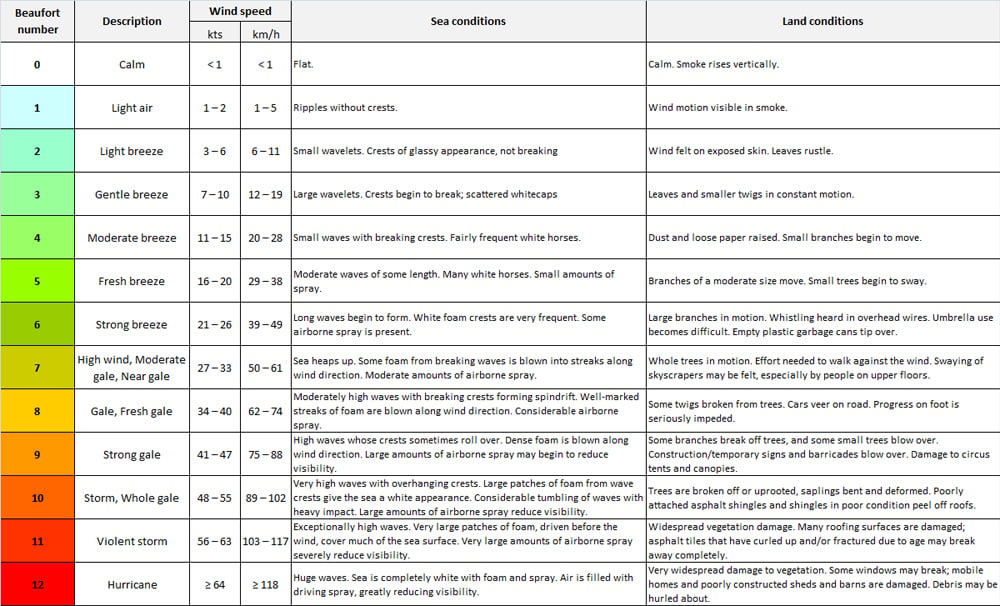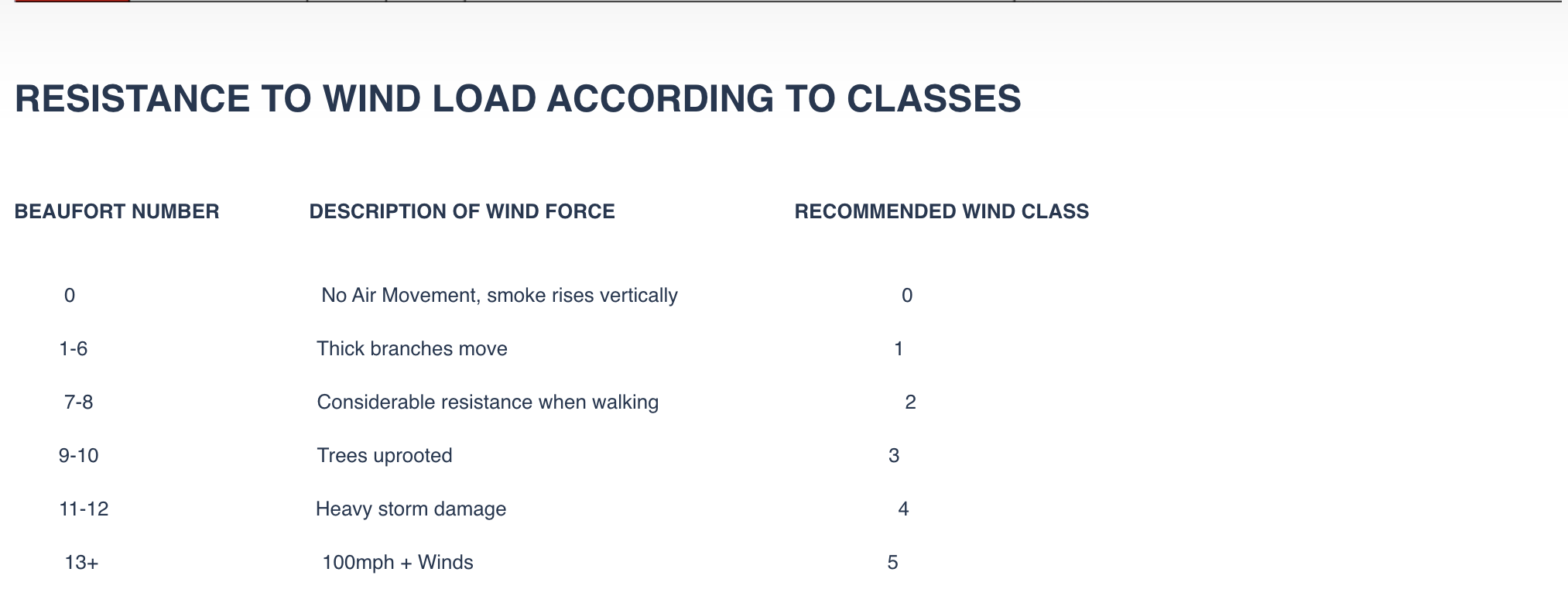As of July 2013, to comply with the Construction Products Directive, all shutters which are manufactured for installation over doorways must be tested by a notified test body for their wind loading capability, as per BS EN 12424 and BS 12444. This standard defines the classification of the wind loads for doors when closed. For doors fitted on to an external facade they must reach a minimum of Wind Class 2 or 59mph winds. During testing, both sides of the curtain must be tested. To this end, the wind load is understood as the differential pressure from one side of the completely closed door to the other side; there is no information relating to the running performance for a door under wind load.
BS EN 12424 distinguishes between 5 wind classes, where class 0 provides no information on the wind load and always applies when no measurement is being carried out. The wind class information for the high performance doors has been certified by an independent licensed institute. Disregarding various general conditions, such as installation situation and geographic influences, for example, the following table can be used for the approximate conversion of wind speeds.
It is important that you make us aware that you are in a Windy or Exposed area, so we can help advise you on the right product for your application. Please note that geographic and building influences can considerably change the prevalent wind speeds at the installation venue of the doors. To this end, openings on the opposite side of the building („suction forces“) or large facade surfaces around the door can considerably increase the load on the door. We carry an extensive range of Wind Rated Products
If you would like to read more information on selecting rollers shutters for a windy location then please read our Blog Post Wind Rated Roller Shutters When Storms Hit Britain
When we refer to wind speeds we normally refer to the Beaufort Scale, which is not an exact or objective scale. The English Admiral, Sir Francis Beaufort, developed the wind scale named after him (Beaufort) to determine the various wind speeds in air movement on the basis of visual indications and without measurement devices. He categorised the wind speeds into 12 classes according to visible impact, which - from „Calm“ to „Hurricane“ - included certain descriptions.

